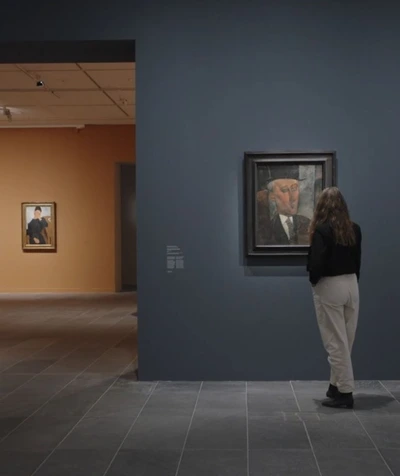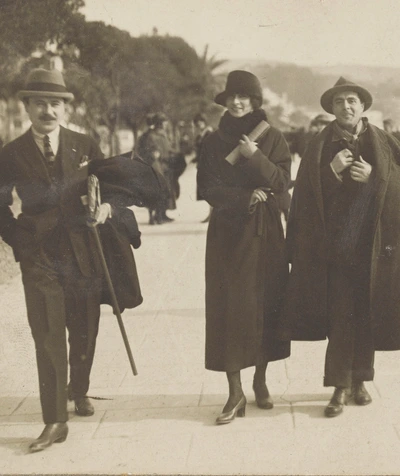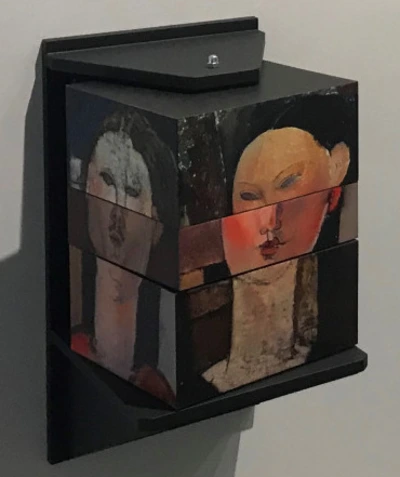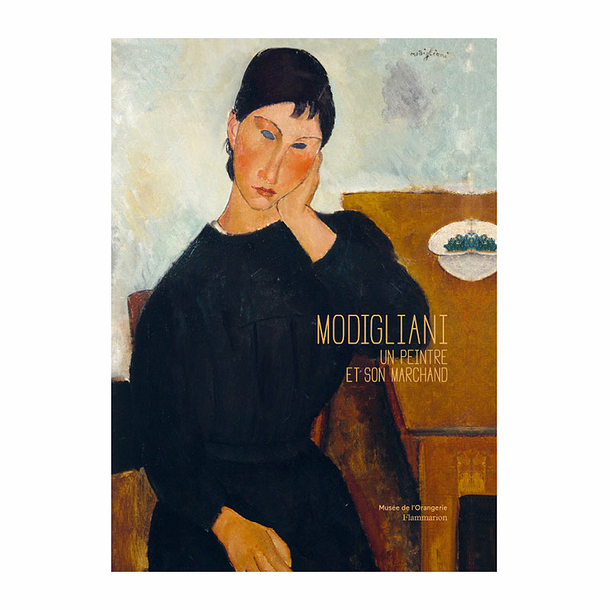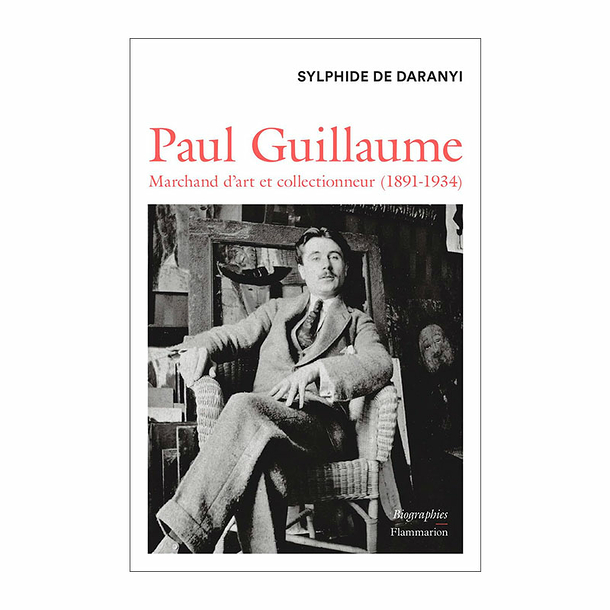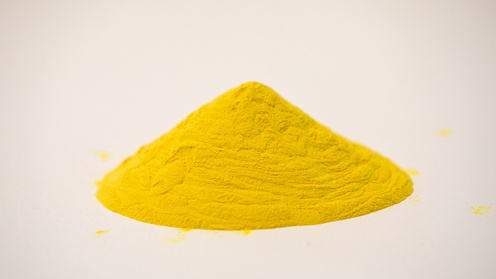Amedeo Modigliani. A painter and his dealer
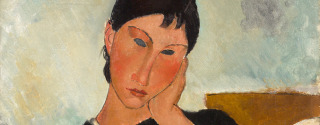
Elvire assise, accoudée à une table, 1919
Saint-Louis, Saint Louis Art Museum
don de Joseph Pulitzer Jr. en mémoire de sa femme, Louise Vauclain Pulitzer, 77:1968/ Image Courtesy of the Saint Louis Art Museum
When he arrived in Paris in 1906, Modigliani, a Jewish artist of Italian origin, was a painter. His meeting in 1909 with Constantin Brancusi, a sculptor of Romanian origin, acted as a revelation: he took up sculpture, to which he devoted himself almost exclusively until 1914. His break with this discipline was as sudden as it was total: from 1914 to his death in 1920, he returned to painting and produced numerous paintings devoted mainly to solitary human figures. The discipline of painting was central to the relationship between the artist and his dealer. Paul Guillaume encouraged him, rented him a studio in Montmartre, and made his paintings known in Parisian literary and artistic circles. He bought, sold and collected the artist’s works.
It would have been through the poet Max Jacob (1876-1944) that the young gallery owner and collector Paul Guillaume discovered Modigliani in 1914. He probably then became his dealer; this is evident in the correspondence between Paul Guillaume and his mentor, the poet and art critic Guillaume Apollinaire (1880-1918) who was then at the Front. It was within this Parisian context that Modigliani immortalised the gallery owner in a series of painted and drawn portraits that have remained famous: he completed no fewer than four of these between 1915 and 1916. The first of them, held at the Musée de l’Orangerie, affirms the privileged relationship between the dealer and the artist. Guillaume, who was then only twenty-three years old, is represented as a visionary leader of the avant-garde – wearing a suit, gloves and tie – above the words “Novo Pilota”. This inscription allows us to glimpse the great hopes that the gallery owner aroused in the painter. Through his narratives, Guillaume also paints a portrait of a more intimate Modigliani with whom he shared artistic and literary affinities. Their shared interest in African art is obvious. Both men were equally sensitive to literature and poetry. Guillaume thus remembered that Modigliani “loved and judged poetry, not in the cold and incomplete manner of a faculty member but with a soul that was mysteriously gifted as regards sensitive and adventurous things.”
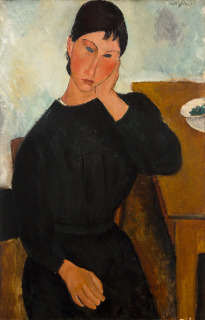
Elvire assise, accoudée à une table, 1919
Saint-Louis, Saint Louis Art Museum
don de Joseph Pulitzer Jr. en mémoire de sa femme, Louise Vauclain Pulitzer, 77:1968/ Image Courtesy of the Saint Louis Art Museum
Besides the five paintings by Modigliani currently held at the Musée de l’Orangerie, over a hundred canvases as well as fifty drawings and a dozen sculptures by the artist would have passed through the dealer’s hands. Such numbers demonstrate the extent of the gallery owner’s involvement in the artist’s promotion, but also his personal taste for the latter’s works which are widely present on the walls of his various apartments. Amongst them are portraits of key Paris figures of his time – Max Jacob, André Rouveyre, Jean Cocteau and Moïse Kisling – but also of unknown models, and some very beautiful collections of portraits of the women who shared the painter’s life: firstly Béatrice Hastings, then the young painter Jeanne Hébuterne, his last companion and the mother of his child.
Through this selection of iconic works, the exhibition will thus discuss this body of work’s various characteristics; at the same time it will explore the links between the painter and his dealer within the Parisian artistic and literary context of the 1910s, as well as Paul Guillaume’s role in the dissemination of Modigliani’s work within the art market of the 1920s, both in France and in the United States.
The exhibition is now over.
See the whole programAutour de l'exposition Amedeo Modigliani. Un peintre et son marchand












